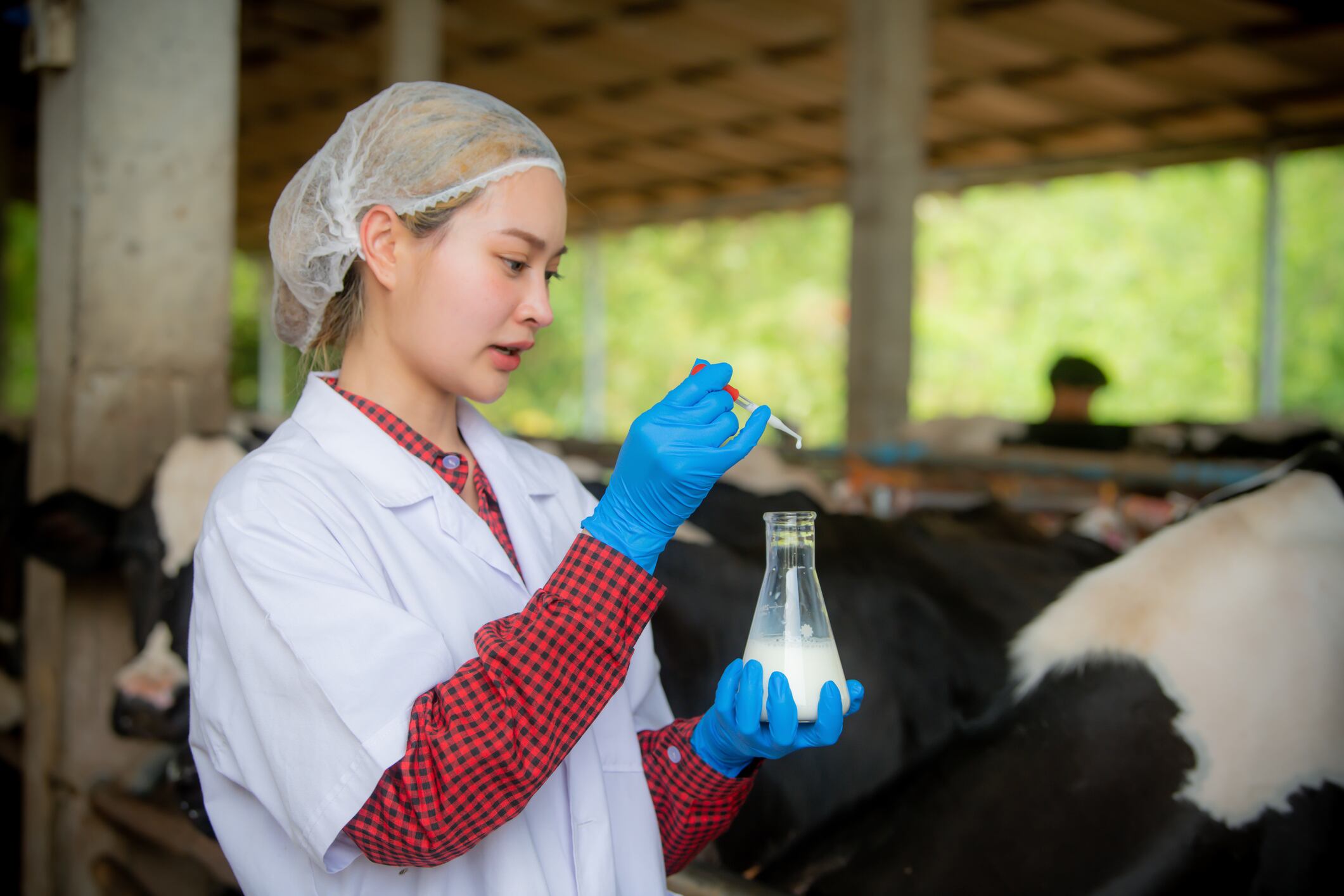Global concern over the spread of Bird flu (H5N1) is growing rapidly, with the World Health Organization (WHO) actively preparing for the ‘containment and mitigation of pandemic H5N1 influenza’, and the European Food Safety Authority (EFSA) publishing critical advice to help the animal and public health sectors mitigate the spread and further potential mutation of the virus.
However, scientists from the University of Pittsburgh and the NIH Vaccine Research Center, believe they may have discovered a cure, in the form of an antibody-based therapy.
Is the Bird flu vaccine close?
The research team, studying the efficacy of a preventive antibody-based therapy, found it successfully protects monkeys from severe illness caused by Bird flu (H5N1).
The researchers realised the neutralising antibody targets a stable region of the virus, making it less susceptible to reduced effectiveness, compared to antibodies directed at more mutation-prone structures. As a result, the therapy maintains its protective ability even against potential virus variants. This stability, the team concluded, enhances its ability to provide long-lasting protection against a rapidly spreading airborne infection.
“This type of prevention can be very useful in controlling infection outbreaks and containing the bird flu pandemic,” says Dr Douglas Reed, associate professor of immunology at Pittsburgh School of Medicine and the Center for Vaccine Research. “In our testing, the antibody performed beautifully. The antibody could be useful as a prophylactic of severe disease in vulnerable populations, and it also helped us establish the testing threshold for antibody levels in blood, which would be useful for judging the immune protection generated by a universal flu vaccine.”
It’s important to note that this research was conducted on monkeys, rather than humans, or other animals believed to be at risk, including cows and of course birds. However, the results of the initial research will come as positive news to governments, healthcare professionals, and the food and beverage industry.
Moreover, if successful, the researchers believe this discovery could mark a major breakthrough in the treatment, not just of Bird flu, but of all flu viruses.
How many bird flu mutations are there?
According to the European Centre for Disease Prevention and Control, a total of 34 genetic mutations of the Bird flu (H5N1) virus have been recorded.
High-density farming, low biosecurity practices, deforestation, urbanisation and global trade increase the risk of spread between different species of animals, and from animals to humans.
Discovery could revolutionise flu vaccine
One major concern surrounding the development of a prophylactic (a medicine or course of action used to prevent disease) against influenza infections, is its ability to adapt to new conditions and environments quickly.
“Because seasonal flu viruses change and avoid immune responses built up in prior years, an effective seasonal flu vaccine must be reformulated yearly to match the dominant strain,” the team noted.
This new antibody removes that concern.
“This antibody is targeting a region that does not vary across different influenza viruses,” says Dr Simon Barratt-Boyes, professor of infectious diseases and microbiology at Pittsburgh School of Public Health and immunology at Pittsburgh School of Medicine. “Think about it as a tree – different species have different leaves and crowns, but tree trunks look very much the same. Similarly, the stalk region of the bird flu virus closely resembles the same structure of seasonal influenza, which makes it possible for stalk-targeting antibodies to provide universal protection.”
What is Bird flu (H5N1)
Avian influenza is a highly contagious viral disease which occurs primarily in poultry and wild water birds. Avian influenza viruses are either high or low pathogenic viruses (HPAI and LPAI, respectively) depending on the molecular characteristic of the virus and its ability to cause disease and mortality in chickens.
Wild birds are natural hosts and reservoirs for all types of avian influenza viruses, so play a major role in the evolution, maintenance and spread of these viruses.
Poultry infected with LPAI viruses may show mild signs of the disease or none at all. Infections caused by HPAI can cause severe disease and death. Both HPAI and LPAI can spread quickly through flocks. Moreover, certain LPAI viruses can mutate into highly pathogenic strains.
Source: Pre-exposure antibody prophylaxis protects macaques from severe influenza
Published online: 30 January 2025
DOI: 10.1126/science.ado6481
Authors: Masaru Kanekiyo, Rebecca A Gillespie, Kristine Cooper et al.





